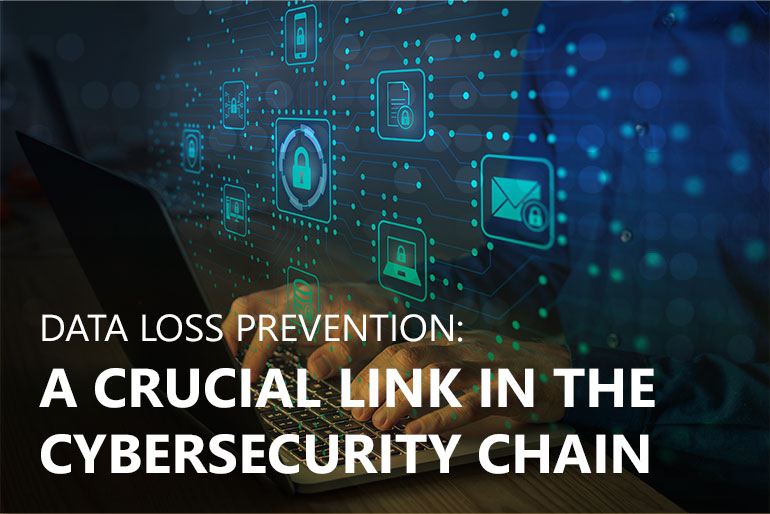Data loss prevention (DLP), also known as data leak prevention, is a process of analyzing data in real time to stop breaches before they can occur. DLP assures users do not send critical information outside the organization network, mistakenly or intentionally. Data can be corralled with the help of various software solutions that help prevent file sharing that has not been approved by a system administrator.

Convert from your old billing system to one designed to minimize the risk of data loss.
Common components of a successful DLP Program
- Data flow audits: email, workspace, detection of suspicious activities, etc.
- Endpoint data protection: email and network, devices, printers, etc.
- Cloud data safeguards: protection of cloud drives
Mitigate your risk before it’s too late.
You have a firewall and basic security measures in place you must be covered, right? Cyber hacks only happen to huge corporations, ‘surely we’re safe’, you think. These sentiments are myths, data can be leaked from virtually any electronic device, at any time.
Data leakage is most often caused by human error and defects in processes or system configurations.
In the world of healthcare, given the storage of sensitive patient information, the bullseye becomes exponentially larger, and hackers seem to spot it from a mile away. According to a Trustwave report, a healthcare record can be worth $250 on the black market.
The flow of sensitive data goes beyond dealings with PHI in your day-to-day workflow. Emails, removable storage devices, internet surfing, file sharing, instant messaging applications and social media are just a few of the methods in which data can escape the safety net of your organization.
It’s not a matter of if, but when...
80 percent of companies surveyed experienced a cybersecurity incident in the past year, according to the Better Security And Business Outcomes With Security Performance Management Report by Forrester Consulting.
The study also highlighted the importance of leveraging cybersecurity metrics to relay the pertinence of investing in a robust security program to executives, stating, “Cybersecurity is now a board-level topic and one that senior business stakeholders believe contributes to the financial performance of their firm. Develop meaningful security metrics that highlight how an effective security program helps preserve and protect brand and reputation to avoid squandering the spotlight.”
Where to begin?
Successful DLP programs start with a few simple steps:
- Categorize your data – What is the most sensitive data flowing through your organization? What needs to be more restricted than other pieces of information? Get your company information classified before embarking on the DLP implementation journey.
- Monitor your moving data – What mediums are used to send and receive data across your company? Where is my data at risk?
- Build controls - Assure you put rules in place then effectively communicate them across your organization.
- Training – Provide employees with initial and ongoing training and start detecting and preventing incidents.
The moral of the story is to prepare cybersecurity metrics to gain executive buy-in then implement a robust DLP plan to start safeguarding your data.